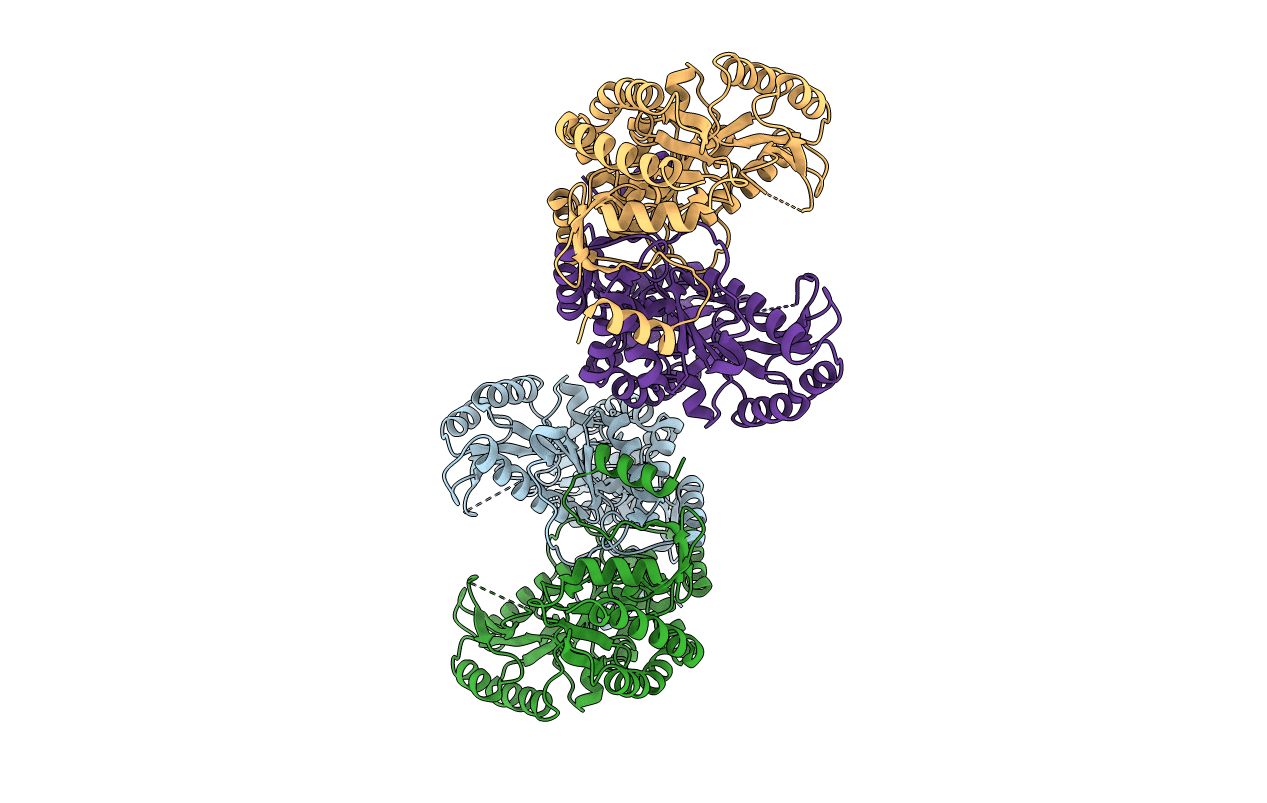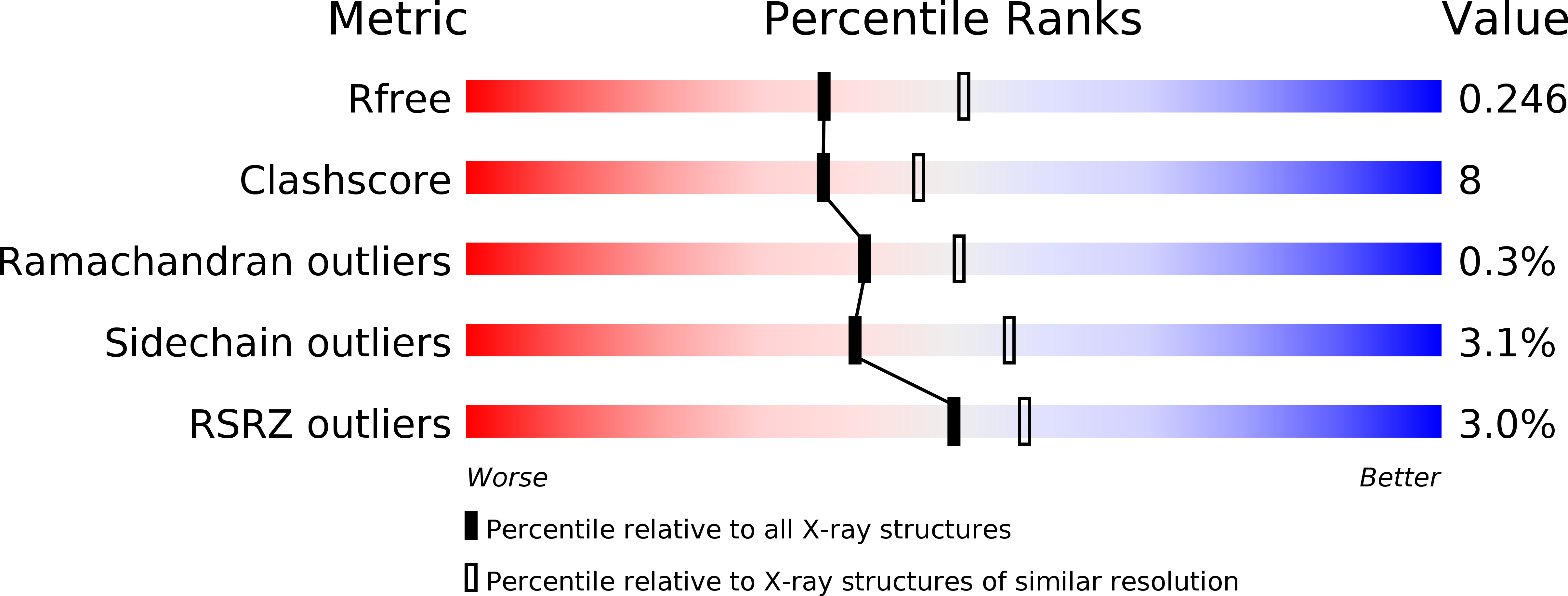
Deposition Date
2010-01-19
Release Date
2010-08-04
Last Version Date
2023-09-06
Entry Detail
PDB ID:
3LG0
Keywords:
Title:
Structure of Plasmodium falciparum ornithine delta-aminotransferase
Biological Source:
Source Organism:
Plasmodium falciparum (Taxon ID: 5836)
Host Organism:
Method Details:
Experimental Method:
Resolution:
2.30 Å
R-Value Free:
0.24
R-Value Work:
0.20
R-Value Observed:
0.20
Space Group:
P 1 21 1


